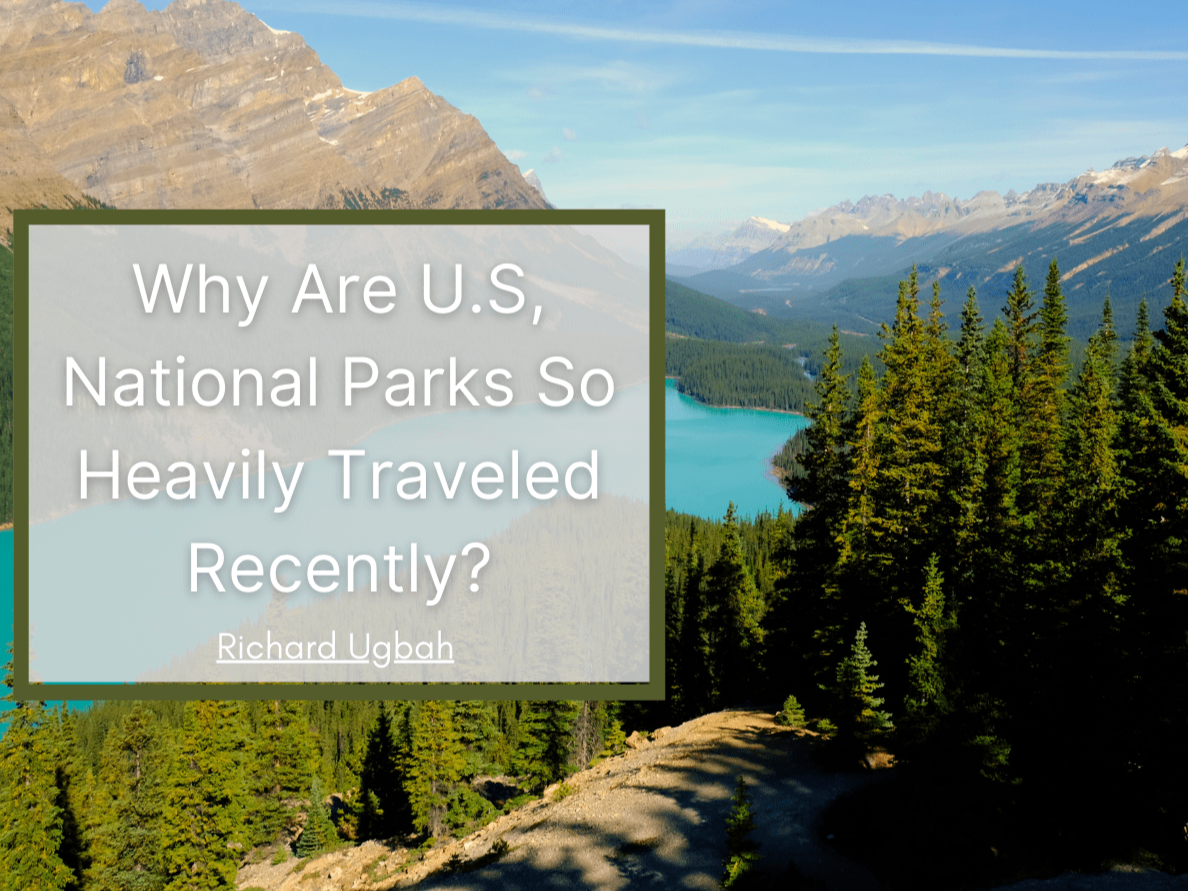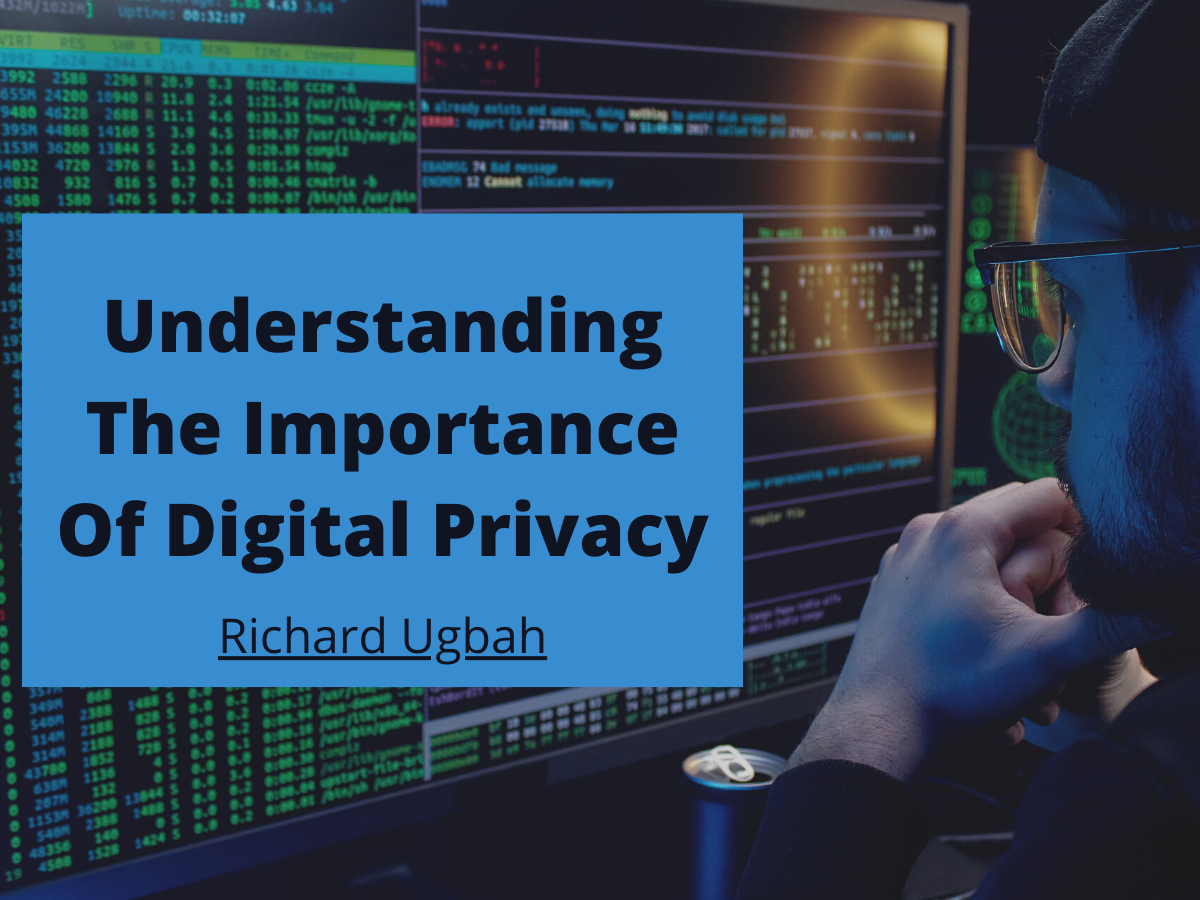Unraveling 5G and What It Means

With ever-increasing demands for higher network speeds, the telecommunications industry has developed a new standard of mobile data transmission called 5G as the successor to our current standard. In keeping with naming conventions, the number “5” refers to the fact that it is the fifth generation of this type of technology, and the purveyors of mobile technology are promising big increases in speed and bandwidth as it rolls out.
To be more precise, companies have stated that 5G will enable speeds of up to 10 gigabits per second with mobile phones, which would potentially provide performance 600 times greater than what people have with 4G. This even surpasses some of the high-end fiber connections that people have at home on wired connections. To put it into perspective, the enormous files needed to watch 4K movies could be downloaded in only 25 seconds on a 5G wireless device.
Although some cities have 5G networks already set up, the early implementations were built on top of 4G networks. This enhanced the number of concurrent connections for customers, but there was no noticeable increase in download or streaming speeds. However, as we are in the latter half of 2021, major carriers have built dedicated networks that are fully built on 5G technology.
The initial 5G service that AT&T offered was marketed with the name “5G E,” and experts described it as an enhancement of the company’s existing 4G network. As a result, a national review board asked AT&T to change the name to avoid misleading the public. More recently, the company has rolled out a service called 5G+ that utilizes a higher frequency for greater speed. Verizon also has a 5G service that it calls “mmWave,” and it runs on the highest frequency range of the 5G network.
5G speed varies a great deal depending on which of three ranges of broadcast frequencies are utilized. The highest frequencies have greater speed, but the cell towers don’t have as much range. The lowest of the three has the greatest area coverage, but speeds can only reach 250 megabits per second. It seems that the best overall performance comes in the middle range where coverage is high and speeds can reach up to 1 Gbps on mobile devices.








